
GRC.com Denial Of Service Attack
.pdf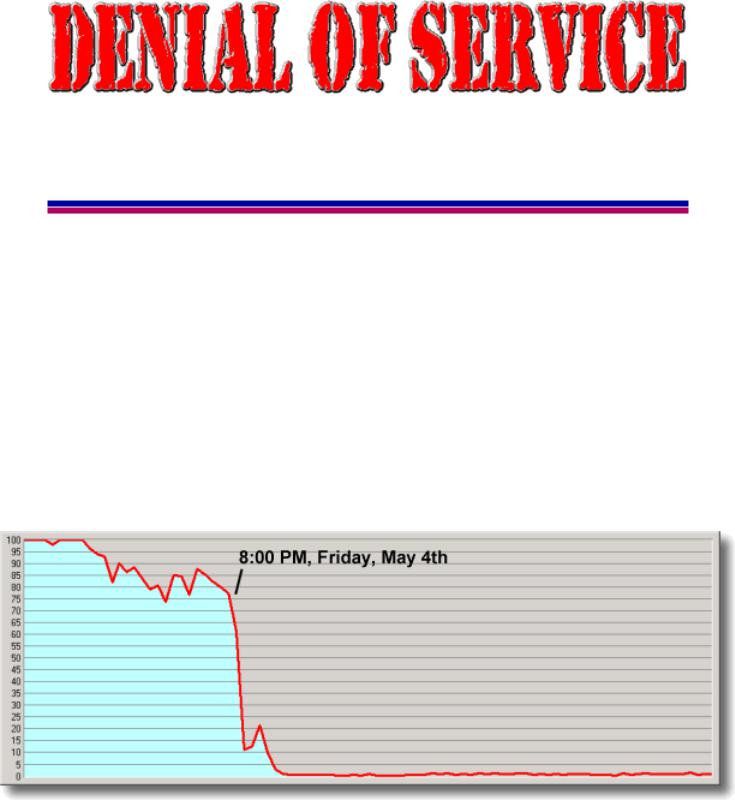
The Strange Tale of the
Attacks Against GRC.COM
by Steve Gibson, Gibson Research Corporation
Page last modified: Mar 05, 2002 at 21:28
Nothing more than the whim of a 13-year old hacker is required to knock any user, site, or server right off the Internet.
I believe you will be as fascinated and concerned as I am by the findings of my post-attack forensic analysis, and the results of my subsequent infiltration into the networks and technologies being used by some of the Internet's most active hackers.
What Happened?
On the evening of May 4th, 2001, GRC.COM suddenly dropped off the Internet:
GRC.COM Bandwidth Utilization
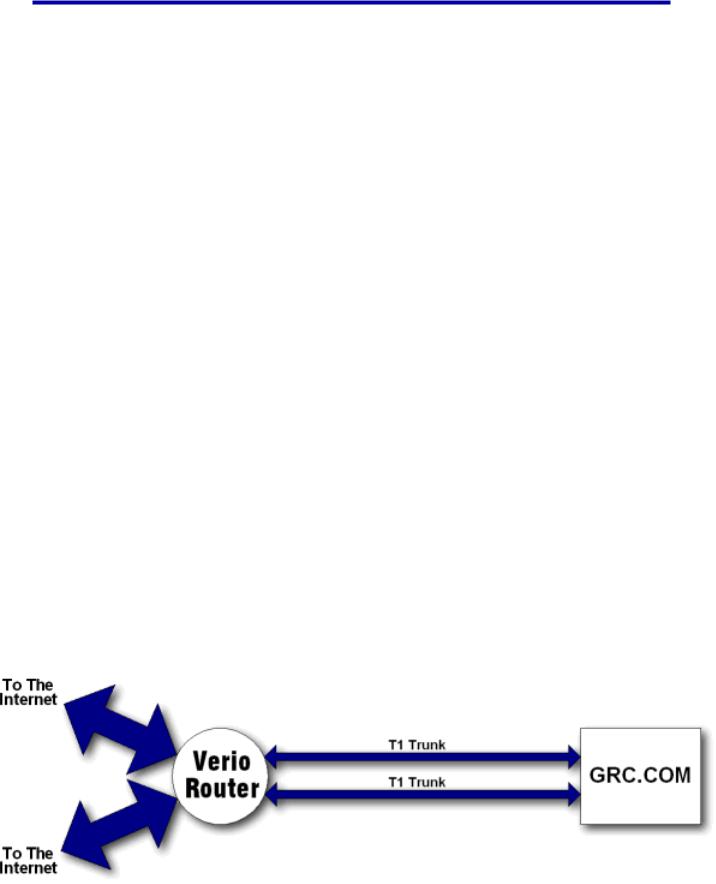
Stemming the Flood with Our ISP
Within a minute of the start of the first attack it was clear that we were experiencing a "packet flooding" attack of some sort. A quick query of our Cisco router showed that both of our two T1 trunk interfaces to the Internet were receiving some sort of traffic at their maximum 1.54 megabit rate, while our outbound traffic had fallen to nearly zero, presumably because valid inbound traffic was no longer able to reach our server. We found ourselves in the situation that coined the term: Our site's users were being denied our services.
I had two priorities: I wanted to learn about the attack and I wanted to get us back online.
I immediately reconfigured our network to capture the packet traffic in real time and began logging the attack. Dipping a thimble into the flood, I analyzed a tiny sample and saw that huge UDP packets — aimed at the bogus port "666" of grc.com — had been fragmented during their travel across the Internet, resulting in a blizzard of millions of 1500-byte IP packets. Mixed into this appeared to be ICMP debris from large-packet ping commands.
We were drowning in a flood of malicious traffic and valid traffic was unable to compete with the torrent.
At our end of our T1 trunks, our local router and firewall had no trouble analyzing and discarding the nonsense, so none of our machines were adversely affected. But it was clear that this attack was not attempting to upset our machines, it was a simple brute force flood, intended to consume all of the bandwidth of our connection to the Internet . . . and at that it was succeeding all too well.
Gibson Research Corporation is connected to the Internet by a pair of T1 trunks. They provide a total of 3.08 megabits of bandwidth in each direction (1.54 megabits each), which is ample for our daily needs.

As you can see from the schematic diagram above, the Verio (our ISP) router that supplies our T1 trunks enjoys two massive 100 megabit connections to the Internet. But from there all of the traffic bound for us must be funnelled through our two T1 trunks. Therefore, in order for the congestion of our T1's to be relieved of the malicious traffic, the "bad packets" had to be filtered before they left Verio's router. In this way, the packet flood would be stopped at a high-bandwidth point — upstream of the T1 choke point — thus allowing the "good packets" to slip past the bad packets and cross our T1's in peace.
It took us a while . . .
Due to a comedy of changed telephone area-codes, mistyped eMail addresses, sleptthrough pager beeps, the attack's Friday night timing, and Verio continually insisting that I be processed through the regular channels of "the system" (which I kept explaining did not seem to be working), seventeen hours passed before I was able to get a competent Verio engineer on the other end of the phone. But once I had a competent engineer on the phone, and armed with my analysis of the attack pattern . . .
In two minutes we applied "brute force" filters to the Verio router, shutting down all UDP and ICMP traffic ...
and GRC.COM instantly popped back onto the Internet.
That part was pretty cool. We were still very much under attack, but because the attack was prone to filtering (thank goodness) we were able to have Verio's router "weed out" the bad packets and return us to almost normal operation.
An Attack "Prone to Filtering" ?
Yes. Fortunately — as we'll see below — the attacking machines were all securitycompromised Windows-based PC's. In a fluke of laziness (or good judgement?) that has saved the Internet from untold levels of disaster, Microsoft's engineers never fully implemented the complete "Unix Sockets" specification in any of the previous version of Windows. (Windows 2000 has it.) As a consequence, Windows machines (compared to Unix machines) are blessedly limited in their ability to generate deliberately invalid Internet packets.
It is impossible for an application running under any version of Windows 3.x/95/98/ME or NT to "spoof" its source IP or generate malicious TCP packets such as SYN or ACK floods.
This statement (above) has generated tremendous confusion because I failed to qualify it by saying "using an unmodified operating system". I am well aware of, and I am a user of, third-party device driver add-ons which allow exactly this.
However, as I prove conclusively on the WinXP page — where this issue is discussed at length — operating system modifications are irrelevant.
As a result, Internet security experts know that non-spoofing Internet attacks are almost certainly being generated by Windows-based PC's. Forging the IP address of an attacking machine (spoofing) is such a trivial thing to do under any of the various UNIX-like operating systems, and it is so effective in hiding the attacking machines, that no hacker would pass up the opportunity if it were available.
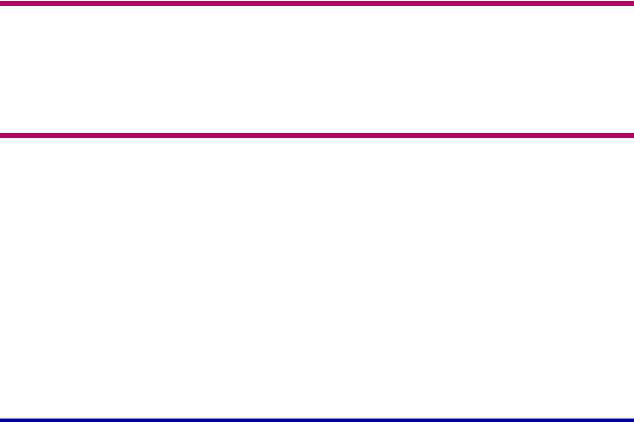
It is incredibly fortuitous for the Internet that the massive population of Windowsbased machines has never enjoyed this complete "Unix Sockets" support which is so prone to abuse. But the very bad news is . . .
This has horribly changed for the worse with the release of Windows 2000 and the pending release of Windows XP.
For no good reason whatsoever, Microsoft has equipped Windows 2000 and XP with the ability FOR ANY APPLICATION to generate incredibly malicious Internet traffic, including spoofed source IP's and SYN-flooding full scale Denial of Service (DoS) attacks! (See my WinXP & DoS Page.)
While I was conducting research into the hacker world following these DoS attacks, I encountered evidence — in attack-tool source code — that malicious hackers are already fully aware of the massive malicious power of the new versions of Windows and are waiting impatiently for the "home version" of Windows XP to arrive in the homes of millions of less clueful end users.
When those insecure and maliciously potent Windows XP machines are mated to high-bandwidth Internet connections, we are going to experience an escalation of Internet terrorism the likes of which has never been seen before.
If I fail in my mission to convince Microsoft to remove this from Windows XP,
the historical problems with Internet attacks promise to pale in comparison to what will begin happening as Windows XP is deployed next year.
Thanks to the fact that the fleet of attacking machines were Windows PC's, they were unable to send TCP SYN packets to our port 80 (which would have crippled us completely), and were only able to flood us with UDP and ICMP packets (which we could temporarily ignore).
Working with our ISP we were able to filter our receipt of the malicious packets before they were able to reach our T1 trunks. We were able to continue offering our TCPbased services (Web/FTP/News) even while under continuing attack.
The Attack Profile
We know what the malicious packets were, and we will soon see (below) exactly how they were generated. But we haven't yet seen where they all came from. During the seventeen hours of the first attack (we were subsequently subjected to several more attacks) we captured 16.1 gigabytes of packet log data. After selecting UDP packets aimed at port 666 . . .
I determined that we had been attacked by 474 Windows PC's.
This was a classic "Distributed" Denial of Service (DDoS) attack generated by the coordinated efforts of many hundreds of individual PC's.
 Where do these machines reside?
Where do these machines reside?
 Who owns them?
Who owns them?
 Who are their ISP's?
Who are their ISP's?
 What sort of users are running Windows PC's infested with potent Internet attack Zombies?
What sort of users are running Windows PC's infested with potent Internet attack Zombies?
A determination of the network domains hosting the attacking machines revealed the following, hardly surprising, cast of Internet end user service providers:
104 |
home.com |
5 |
inreach.net |
3 |
voyager.net |
51 |
rr.com |
5 |
telus.net |
3 |
lvcm.com |
20 |
aol.com |
5 |
gtei.net |
3 |
co.uk |
20 |
mediaone.net |
4 |
tpo.fi |
2 |
cdsnet.net |
17 |
uu.net |
4 |
rcn.com |
2 |
enter.net |
14 |
btinternet.com |
4 |
isoc.net |
2 |
cgocable.net |
14 |
shawcable.net |
4 |
uswest.net |
2 |
knology.net |
14 |
optonline.net |
3 |
dialsprint.net |
2 |
com.au |
14 |
ne.jp |
3 |
a2000.nl |
2 |
fuse.net |
9 |
chello.nl |
3 |
grics.net |
2 |
lrun.com |
9 |
ntl.com |
3 |
linkline.com |
2 |
dialin.net |
8 |
videotron.ca |
3 |
eticomm.net |
2 |
bellsouth.net |
7 |
ad.jp |
3 |
prestige.net |
2 |
psnw.com |
7 |
psi.net |
3 |
warwick.net |
2 |
pacificnet.net |
6 |
uk.com |
3 |
supernet.com |
2 |
tds.net |
|
|
|
|
|
|
Domains hosting two or more security-compromised, attack Zombie, Windows PC's
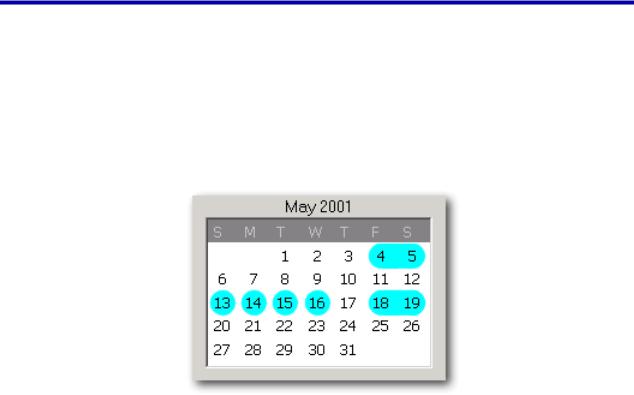
(The balance of the 474 Windows PC's not represented above were scattered across a multitude of domains, one machine apiece.)
It probably comes as no surprise that the top two U.S. residential cable-modem Internet service providers — @Home and Road Runner — provide Internet connectivity to the host machines most often sought by malicious hackers for the installation of bandwidth flooding Zombie attack Trojans.
While I was monitoring several online hacker hangouts (with the aid of custom spybots I created for the purpose — more on that below), I often overheard hackers referring to various lists of "cable Bots" and saying things like "Heh, but how many of his Bots are cable?"
It is clear that the "cable Bot" — a remote control Zombie program installed on a high bandwidth, usually on, Windows machine — has become a highly sought-after resource among malicious "Zombie/Bot running" Internet hackers.
Five Additional Attacks
After the first May 4th attack, we were left alone for eight days. As far as I knew then, the attack had been a one time event like so many of the denial of service attacks you hear about. But then, shortly before midnight Saturday May 12th, we were hit with a repeat of the previous attack lasting eight hours into May 13th.
Here is a summary of the attacks and our actions:
 May 4th — First attack, 17 hours before we were able to filter it at our ISP. The attack continued unabated behind the ISP's filters.
May 4th — First attack, 17 hours before we were able to filter it at our ISP. The attack continued unabated behind the ISP's filters.
 May 13th — Second attack, identical to the first and using the same attacking Windows machines. Our communication with Verio was still problematical (at best), so we were knocked off the Internet for eight hours until Verio reestablished our previous filters. Unfortunately, I was beginning to learn that Verio's advertised and promised 24/7 service was really only 8/5.
May 13th — Second attack, identical to the first and using the same attacking Windows machines. Our communication with Verio was still problematical (at best), so we were knocked off the Internet for eight hours until Verio reestablished our previous filters. Unfortunately, I was beginning to learn that Verio's advertised and promised 24/7 service was really only 8/5.

 May 14th — Attacks 3a and 3b. Since Verio was still blocking malicious traffic to the grc.com server, this third attack was retargeted at the IP of our firewall. This was one machine closer to the Internet and still on our side of our T1 trunks. So the malicious traffic was again crossing our T1's and we were promptly knocked off the Internet.
May 14th — Attacks 3a and 3b. Since Verio was still blocking malicious traffic to the grc.com server, this third attack was retargeted at the IP of our firewall. This was one machine closer to the Internet and still on our side of our T1 trunks. So the malicious traffic was again crossing our T1's and we were promptly knocked off the Internet.
By this time I had the home phone numbers for key members of Verio's engineering staff (<grin>) so we quickly changed the router's filter to block the firewall's IP address and grc.com popped back onto the Internet.
However, the hackers were apparently watching our success at blocking their attacks. So two hours later the attack resumed, this time aimed at one of the two T1 interfaces of our Cisco router. This again knocked us off the Internet because malicious traffic was again crossing our bandwidth-limited T1's to our local router. Back on the phone to Verio, we decided to completely shut down that T1. GRC.COM limped back onto the Internet running on a single T1.
 May 15th — Attack 4. This one started earlier in the evening (at 5:00 PM PST) and knocked us off the Internet for six and a half hours (until 11:30 PM PST) before fading of its own accord. Due to bugs in Cisco's v12.0 IOS routing software (which we fully characterized and worked around several days later) we were unable to comprehensively filter this attack. Rather than engaging in another night of cat & mouse "guess the IP" as we had the night before, I decided to remain off the Internet, collect attack logging data, and take the opportunity to defragment our server's hard drives while weathering the storm.
May 15th — Attack 4. This one started earlier in the evening (at 5:00 PM PST) and knocked us off the Internet for six and a half hours (until 11:30 PM PST) before fading of its own accord. Due to bugs in Cisco's v12.0 IOS routing software (which we fully characterized and worked around several days later) we were unable to comprehensively filter this attack. Rather than engaging in another night of cat & mouse "guess the IP" as we had the night before, I decided to remain off the Internet, collect attack logging data, and take the opportunity to defragment our server's hard drives while weathering the storm.
As you might imagine, these attacks had gone from initially being interesting
— from an Internet Security standpoint — to becoming a significant distraction and annoyance. So, on Wednesday May 16th, I got my local (really good) Verio engineer on the phone and we went to work methodically designing and testing a comprehensive set of Cisco router filters so that Verio's router could protect the entire grc.com domain including its T1 interfaces.
By this time, I had assembled an exact profile of the malicious traffic being generated during these attacks. Thanks to the fact that they were sourced from security-compromised Windows machines, they were subject to filtering. During this process we discovered, confirmed, and worked around the several significant packet filtering bugs in Cisco's v12.0 IOS which had caused our previous headaches.
Finally, ducking down behind these new filters, we held our breath and headed into another evening of malicious Internet attacks . . .
 May 16th — Attack 5. Being as prepared as we now were paid off completely. The grc.com domain never felt the massive attack being waged on the other side of Verio's router. The next day I asked my local Verio engineer how many "UDP/666" malicious packets had been stopped by our filters:
May 16th — Attack 5. Being as prepared as we now were paid off completely. The grc.com domain never felt the massive attack being waged on the other side of Verio's router. The next day I asked my local Verio engineer how many "UDP/666" malicious packets had been stopped by our filters:
12,248,097
The attacking Windows machines generate maximum-size 64k byte UDP packets, but only the first 1500 byte "fragment" of each packet carries the packet's port "666" destination. Therefore, for every identified "666" packet blocked, approximately 43 additional maximum-size "packet fragments" were also blocked. We therefore estimate that our filters running in Verio's router blocked at least 538,916,268 malicious packets that night.
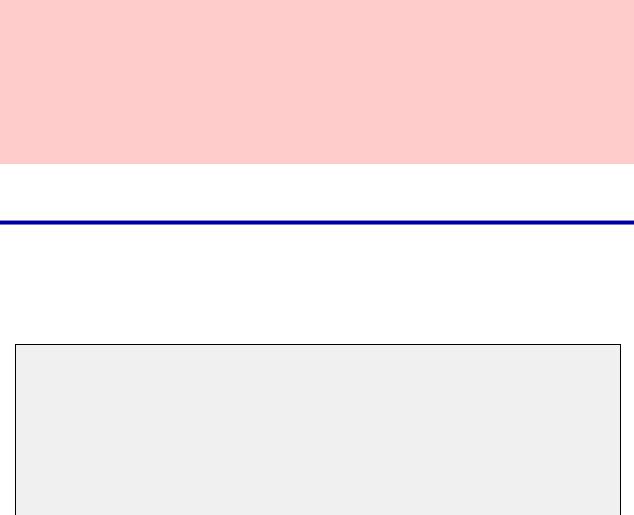
 May 17/18/19/20th — Attack 6. The exact dates and times are unknown because we were completely shielded by the configuration of Verio's router. But when we checked the router's "UDP/666" hit counter on the morning of Monday May 21st we found that the blocked "666" count had jumped from its previous value of 12,248,097 to a whopping 54,528,114 packets, leading us to conclude that the filters had weathered, by this time, at least :
May 17/18/19/20th — Attack 6. The exact dates and times are unknown because we were completely shielded by the configuration of Verio's router. But when we checked the router's "UDP/666" hit counter on the morning of Monday May 21st we found that the blocked "666" count had jumped from its previous value of 12,248,097 to a whopping 54,528,114 packets, leading us to conclude that the filters had weathered, by this time, at least :
2,399,237,016 malicious packets.
— nearly 2.4 BILLION malicious packets.
If the attacking machines had been running Windows 2000 or the home-targeted version of Windows XP, as they certainly will be next year, we would have been utterly defenseless and simply forced off the Internet.
This is what anyone on the Internet can soon expect.
(See my WinXP & DoS Page for more information about this.)
"Wicked" Speaks
On May 15th, after weathering our fourth DDoS attack, the following newsgroup posting, claiming responsibility and credit for the multiple attacks against GRC.COM, appeared on our news server:
hi, its me, wicked, im the one nailing the server with udp and icmp packets, nice sisco router, btw im 13, its a new addition, nothin tracert cant handle, and ur on a t3.....so up ur connection foo, we will just keep comin at you, u cant stop us "script kiddies" because we are better than you, plain and simple.
Welcome to the brave new world of the 13 year-old Internet terrorist.
I immediately and politely replied to "Wicked" via the newsgroup. I invited him to write to me via eMail through any anonymous channel of his choosing. I wanted to understand what had precipitated these multiple attacks, and I wanted to see what I could do to get them to stop.
"Wicked" soon wrote to me through an eMail account at YAHOO.COM:

yo, u might not thing of this as anyomous, but its not real info, its a stolen earthlink, so its good, now, to speak of the implemented attacks, yeah its me, and the reason me and my 2 other contributers do this is because in a previous post you call us "script kiddies", atleast so i was told, so, i teamed up with them and i knock the hell out of your cicso router, and....im building up more bots, no, not sub seven lame ass script trojans, i made my own, and it seems quite effective does it not? seems to me that ur backbone has trouble handling the crap sent at it, go ahead and drop icmp pings, u still need to say "NO" to them so it still takes bandwith, thats where tracert comes in, to find the t3 box ur on, nice, i see u stop it as-of today, :) good for you, now ill find ways around it and we can keep playing these games, i find it very fun, shout out to hellfirez and drgreen, and yeah the hellfirez from subseven, hes a friend and he isnt
a script kiddie u stupid fuck...now, if u wish to talk to me in person, hows irc??? talk to WkD, the nick wicked was taken, good luck :)
My reply to this note from "Wicked" carefully explained that he really had me all wrong. I pointed to my "Acknowledgement of Debt to the World's Hackers" at the
bottom of my "NanoProbe" page. I explained that while I did feel there was a
distinction between an elite hacker and a script kiddie, I was someone who always took pains to be respectful of others' egos (when possible), and that I was unlikely — unless provoked — to casually refer to anyone using a derogatory term. I told him that while I was aware of a dispute that had erupted several weeks before in one of our newsgroups, and reportedly involved his friends "HeLLfiReZ" and "DrGreen", I had neither read nor participated in any of that conflict.
"Wicked" replied that perhaps he had "misjudged me", since he was only going by word of mouth. He volunteered to speak with his friends and call off the attacks. He promised that there would be no further attacks from then on . . . after which he attacked us on the evening of May 16th, saying afterwards:
is there another way i can reach you that is secure, (i just ddosed you, i aint stupid, im betting first chance ud tracert me and call fbi) you seem like an interesting person to talk to
"i just ddosed you ..." Indeed.

Fortunately, that was the first night of our new and (so far) impregnable router filters, so we felt nothing across our T1's while Verio's router counted and discarded nearly five hundred and thirty-nine million (538,916,268) malicious bandwidth-consuming attack packets.
From my dialog with "Wicked", I saw that these repeated attacks were "fun" for him. He was like a child pulling the legs off a spider to see what it would do, watching it flail and attempt to get away from its tormentor. And, as we have seen, he experiences absolutely no remorse and has no regard for any damage being done as a consequence. He believes that he can not and will not be caught. Hiding behind the anonymity created by the Internet's trusting technology, he exhibits no social conscience.
I hope it is becoming clear to everyone reading this, that we can not have a stable Internet economy while 13 year-old children are free to deny arbitrary Internet services with impunity.
I wanted these attacks to stop, but I was certainly in no position to make any "parental" demands of "Wicked". While we were essentially functional, hiding behind our router filters, we could not remain behind them forever. We were unable to send and receive "ping", "trace route" and UDP fragments — all crucial requirements for full Internet function. In the long term this would pose serious problems for the delivery of GRC's Internet security testing services.
I had to find a better solution.
Earthlink Turns a Blind Eye.
I wasn't yet sure what I wanted to do about this 13 year-old problem, but I felt that I ought to broaden my options. "Wicked's" several postings to our newsgroups, and his eMail to me through his yahoo.com account, were all originated from the same small IP address range corresponding to the small ISP Genuity, BBN Planet, in Kenosha, Wisconsin — an Earthlink reseller. This correlated perfectly with "Wicked's" claim to be using a "stolen earthlink".
Since I had collected the exact dates, times, and IPs for each of "Wicked's" several dialup connections, I felt that perhaps Earthlink could preserve the access and phone records in case the FBI might need them later. If his home phone number could be determined, we could identify him. I knew that Earthlink would never reveal such information to me, but I just wanted them to preserve the evidence against the possibility of future need.
Two months before this, Earthlink's privacy officer, Les Seagraves, and I met and formed a good relationship during our quest to understand the peculiar Earthlink
Browser Tag. Unfortunately, Les' voicemail explained that he would be out of town
through the end of the month. So I got the name of Earthlink's director of corporate communications, Kurt Rahn, from a well-placed press contact of mine. Kurt was prompt with eMail, and he made lots of motivated-sounding noises, but nothing more ever happened. After waiting hopefully for several days, I finally spoke to Kurt on the phone and allowed myself to sound a bit perturbed. It had no discernible effect. His many promises to have Earthlink's security people get in touch with me never resulted
